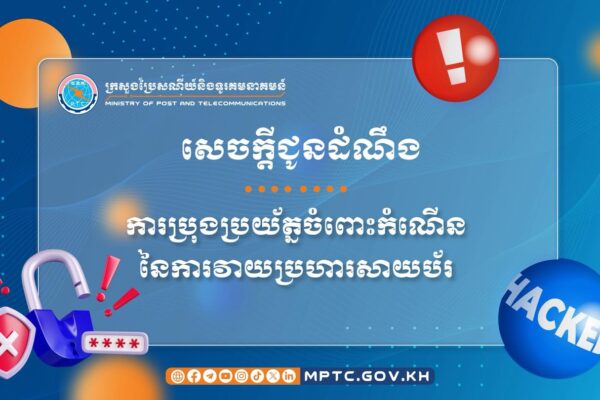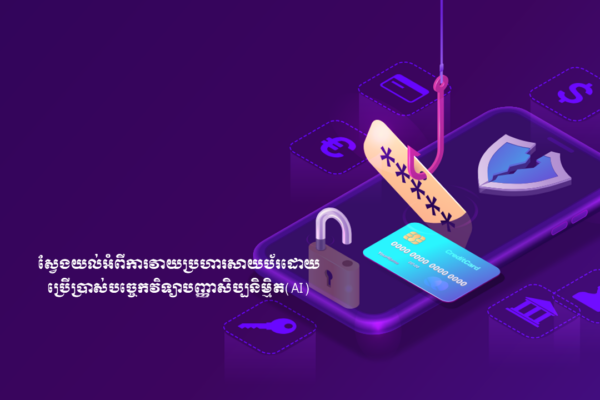-
How do you know if your privacy is being protected?
-
Privacy policy – Before submitting your name, email address, or other personal information on a website, look for the site’s privacy policy. This policy should state how the information will be used and whether or not the information will be distributed to other organizations. Companies sometimes share information with partner vendors who offer related products or may offer options to subscribe to particular mailing lists. Look for indications that you are being added to mailing lists by default—failing to deselected those options may lead to unwanted Spam. If you cannot find a privacy policy on a website, consider contacting the company to inquire about the policy before you submit personal information, or find an alternate site. Privacy policies sometimes change, so you may want to review them periodically.
-
Evidence that your information is being encrypted – To prevent attackers from stealing your personal information, online submissions should be encrypted so that it can only be read by the appropriate recipient. Many sites use Secure Sockets Layer (SSL) or Hypertext Transport Protocol Secure (https). Some sites also indicate whether the data is encrypted when it is stored. If data is encrypted in transit but stored insecurely, an attacker who is able to break into the vendor’s system could access your personal information.
-
- What additional steps can you take to protect your privacy?
-
Do business with credible companies – Before supplying any information online, consider the answers to the following questions: Do you trust the business? Is it an established organization with a credible reputation? Does the information on the site suggest that there is a concern for the privacy of user information? Is legitimate contact information provided? If you answered “No” to any of these questions, avoid doing business online with these companies.
-
Do not use your primary email address in online submissions – Submitting your email address could result in spam. If you do not want your primary email account flooded with unwanted messages, consider opening an additional email account for use online. (See Reducing Spam for more information.) Make sure to log in to the account on a regular basis in case the vendor sends information about changes to policies.
-
Avoid submitting credit card information online – Some companies offer a phone number you can use to provide your credit card information. Although this does not guarantee that the information will not be compromised, it eliminates the possibility that attackers will be able to hijack it during the submission process.
-








